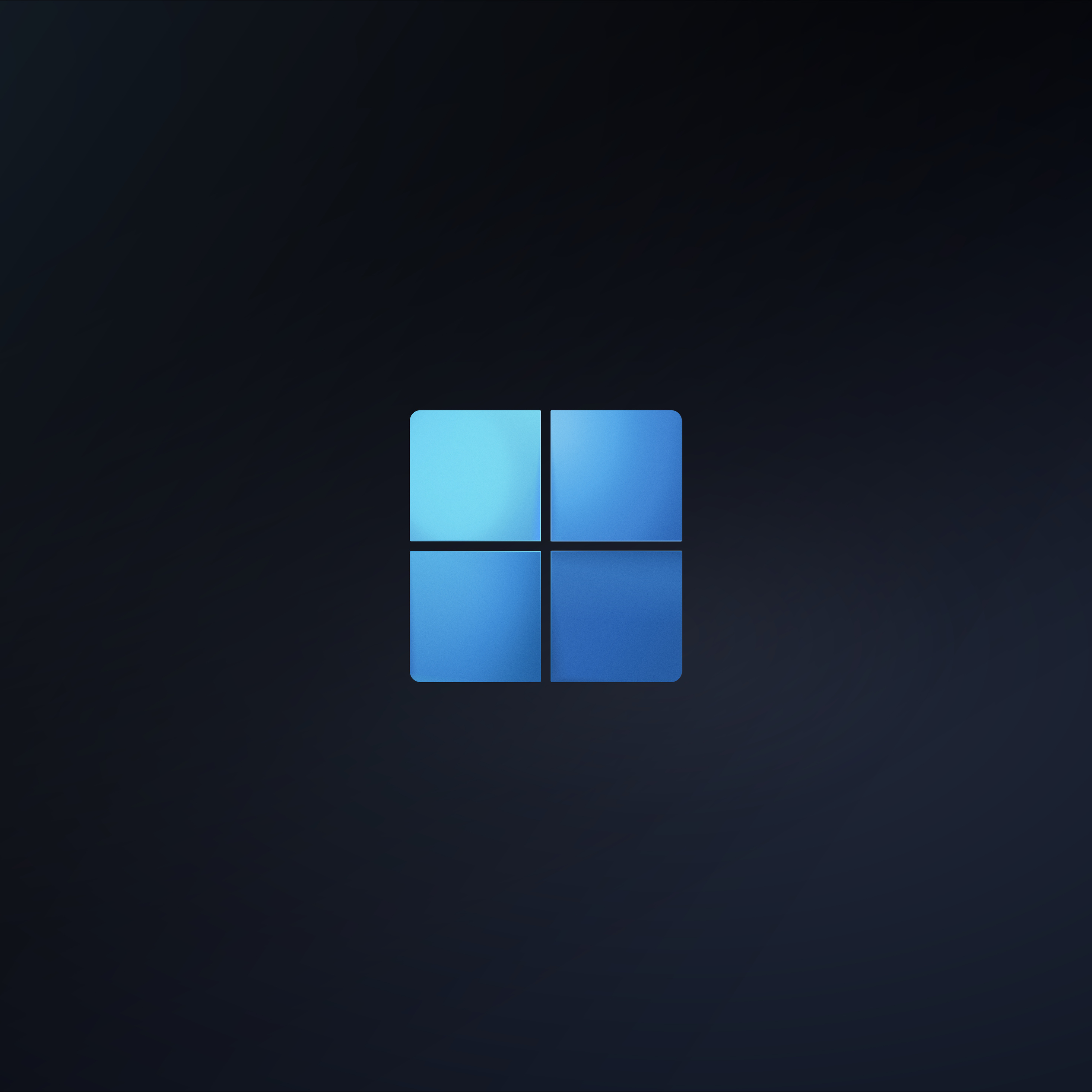


For Windows 11, this could take a number of months: Microsoft said that this process is likely to be "continuing into 2022" and generally it's the newer PCs that get the upgrade first. Historically, Windows launches have been rolled out gradually. SEE: Microsoft's Windows 11: How to get it now (or later) "In our first phases of the Windows 11 rollout we are consistently seeing a high rate of positive update experiences and user feedback for eligible devices, identified using our latest generation machine-learning model," Microsoft said this month. You can also go to 'Check for Windows updates' on a Windows PC or select the start button and then go to Settings > Updates & Security > Windows UpdatesĪll we know is that Microsoft is pleased about its rollout so far – at least for Windows 10 users on hardware that meets its minimum requirements. The PC Health Check app will allow you to see whether your current PC meets the requirements to run Windows 11: if it does, you can get a free upgrade at some point after it rolls out. It has, however, released the PC Health Check app to help users self-assess whether their hardware makes the grade. Windows 11 licenses, like past Windows versions, should also be available for standalone purchase.Įxpect to learn more about Windows 11, plus the features in store, with the upcoming Windows 11 event set for June 24.Microsoft hasn't been totally clear about when Windows 11 will actually reach all eligible Windows 10 PCs. Upcoming PCs could come with Windows 11 preinstalled or readily available as a free upgrade. When Windows 11 arrives later this year, we're also expecting various hardware manufacturers to embrace the launch as a new opportunity to drive PC sales. However, just like you can stop Windows 10 updates, users will have the option to defer a Windows 11 upgrade if preferred.

A free upgrade to Windows 11 will be directly accessible through Windows Update as a typical installation. Microsoft may adopt a similar approach for Windows 11, providing a seamless upgrade for all existing Windows 10 devices.

That's seen Windows 10 steadily evolve, now vastly improved, compared to those first versions. After that, it issued seasonal updates to Windows 10 regularly, adopting an approach dubbed "Windows as a Service." Unlike previous Windows iterations, later superseded by full-fledged successors, Microsoft rapidly built upon foundations established in 2015. Windows 10 was famously coined as the " last version of Windows," with free upgrades initially offered to Windows 7 and Windows 8 users.


 0 kommentar(er)
0 kommentar(er)
